Jan Bartek – AncientPages – During an archaeological survey in Pezinok, a town near Bratislava, Slovakia, scientists unearthed several remarkable objects. The territory is part of an important historical mining site in the Little Carpathians, and the findings show that searching for ancient objects deep in the mountains outside known archaeological sites can bring significant knowledge.
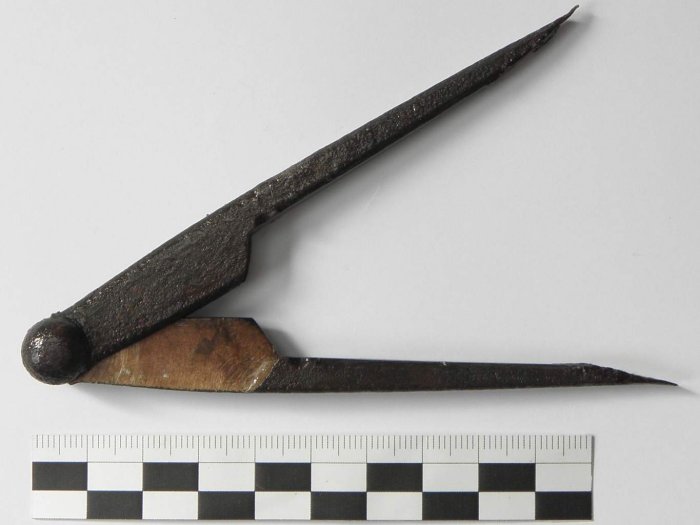
Credit: Regional Monuments Board in Trnava
The survey was carried out by the Monuments Office of the Slovak Republic with the help of the Small Carpathian Museum in Pezinok and volunteers.
Near the mining site, a rather unique object resembling a compᴀss was discovered. Scientists describe it as a copper alloy divider with the remains of iron points.
According to the Slovak Spectator “dividers were used by mining engineers and cartographers to measure and transfer distances, and by carpenters in manufacturing mining and processing equipment. An important source of knowledge about dividers are the parergy (graphic decoration of maps) on mining maps, mostly from the 18th century.”
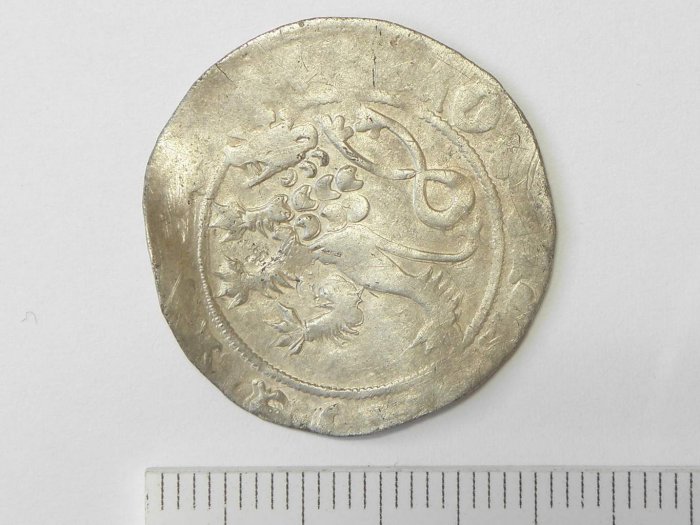
Credit: Regional Monuments Board in Trnava
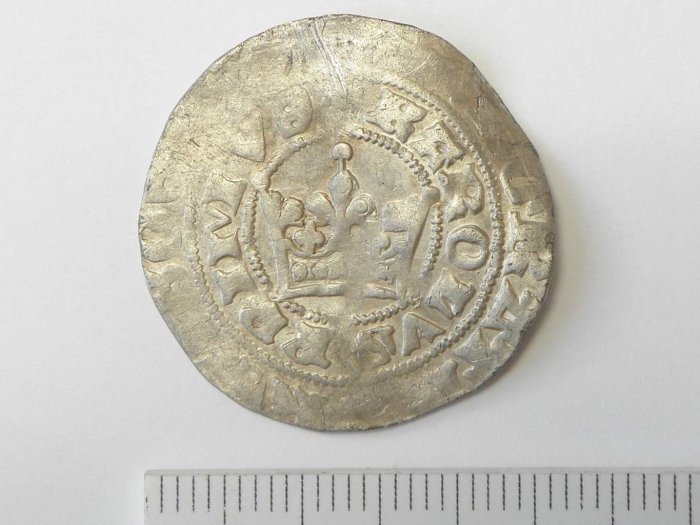
Credit: Regional Monuments Board in Trnava
The find is rare because no such object has been discovered in Slovakia until now.
Another intriguing object, also unearthed near the mining site, is a silver Prague penny of Charles IV of Luxemburg, who ruled from 1346 to 1378. The currency is the oldest archaeological find from this location discovered by archaeologists. It is possible other ancient coins or artifacts were found in the past. However, if this were the case, they were discovered “either accidentally or illegally, and there is no reliable documentation for them, which significantly reduces their informational value,” the Regional Monuments Board in Trnava informs.
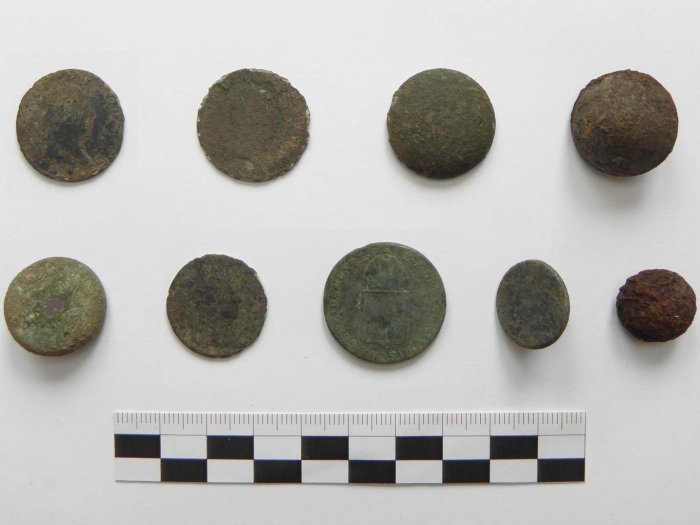
Credit: Regional Monuments Board in Trnava
The archaeological survey team also found a slightly bent iron miner’s hammer. Tools of a similar shape appeared in the mining environment at least as early as the late Middle Ages. This hammer, especially given the location of the find, comes from the last period of mining activity in the area around the middle of the 19th century.
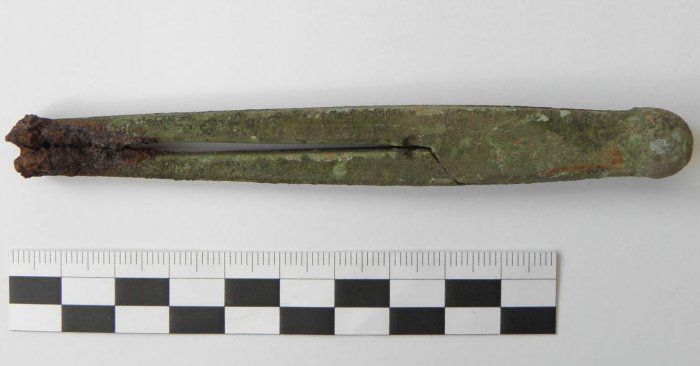
Credit: Regional Monuments Board in Trnava
Many sherds from the 13th to 15th centuries, as well as fragments of ceramic vessels, traces of a hearth, and a copper alloy ʙuттon, were also found at the site.
See also: More Archaeology News
The town of Pezinok was first mentioned in 1208 under the name “terra Bozin.” In modern times, Pezinok thrives mainly on viticulture and agriculture, as well as on brick-making and ceramic production. In the past, various types of ore were mined in the Little Carpathians and used to produce gold, silver, antimony, manganese, and pyrite. Since the Middle Ages, the area has been known for its wines and wine-making traditions.
Being a historical place, Pezinok and its surroundings have most likely many more archaeological objects awaiting discovery.
Written by Jan Bartek – AncientPages.com Staff Writer





